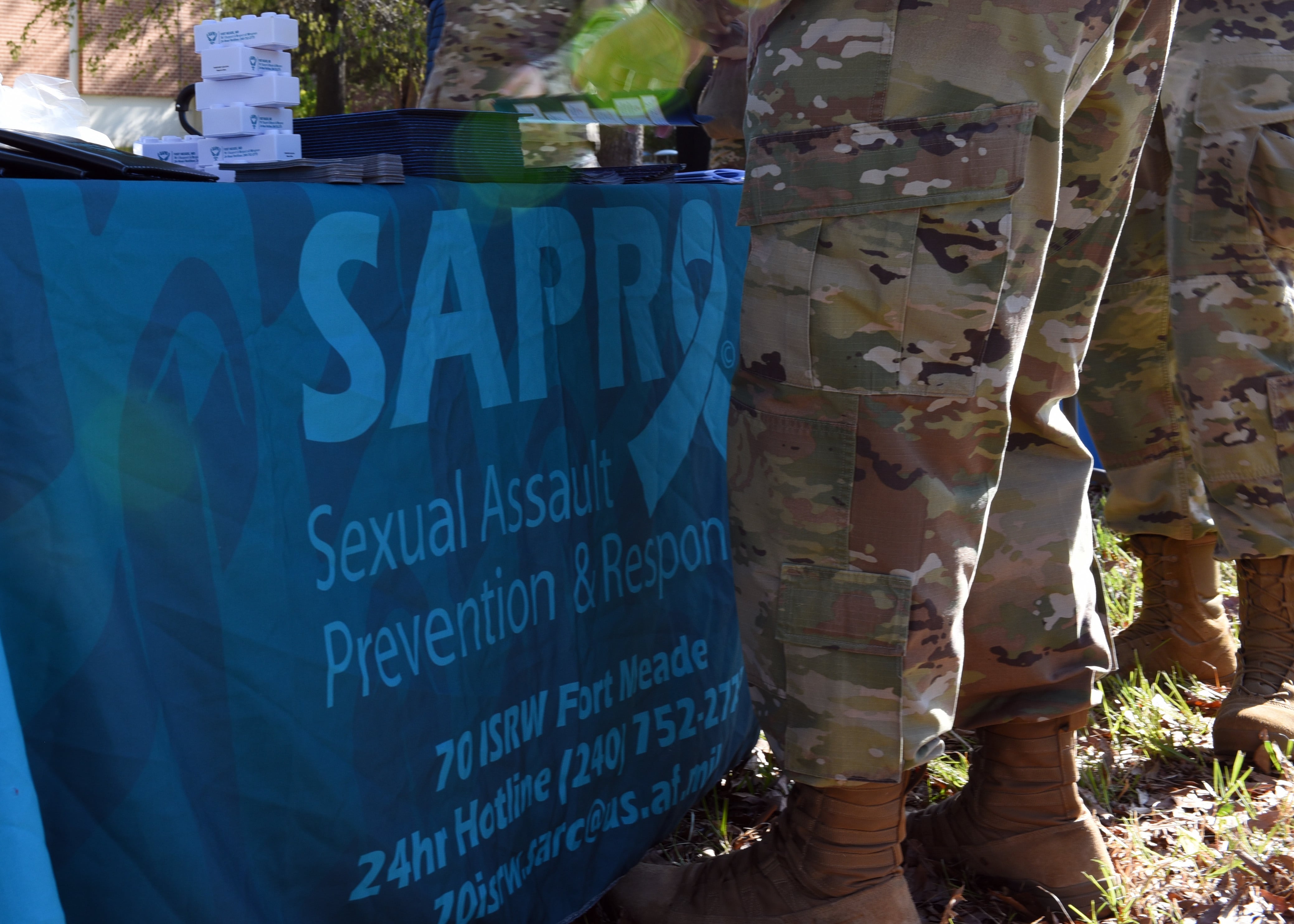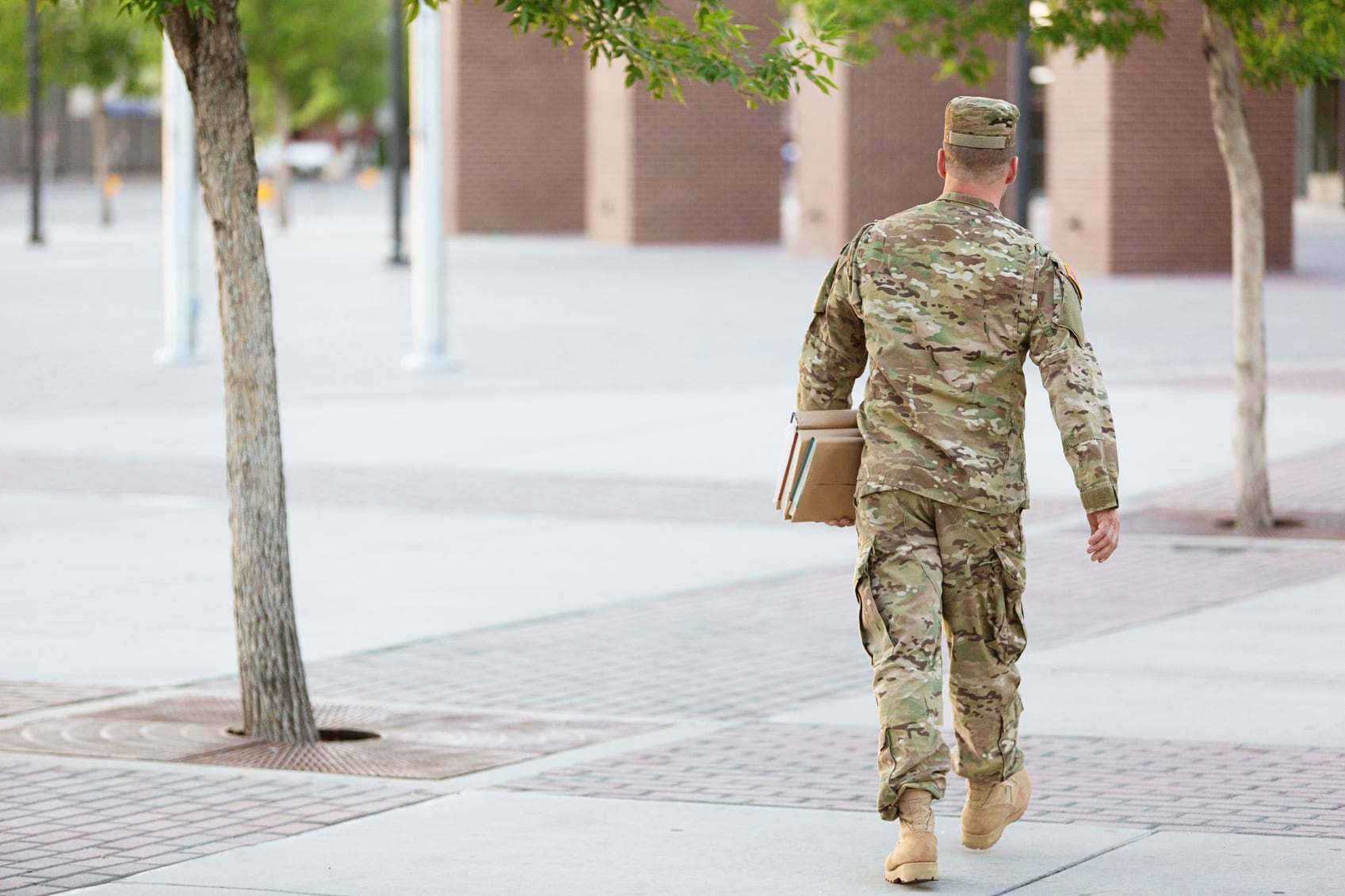Thirteen years ago, a small cadre of retired military leaders banded together as part of an organization called Mission: Readiness to raise awareness about a significant challenge to our nation’s security. At the time, the Department of Defense had just released shocking data indicating that 75% of 17- to 24-year-olds nationwide were unable to qualify for military service. This challenge stemmed from three key drivers: recruits were not academically prepared, they were far over weight standards or they had a record of crime or drug abuse.
Over the years, Mission: Readiness membership grew to nearly 800 retired admirals and generals strong. We leveraged our collective experience to achieve significant changes across the country, including improved nutrition in schools, preservation of physical education programming and additional resources for early childhood, after-school programs and summer learning initiatives.
In 2013, the DoD Joint Advertising, Market Research & Studies released an updated study indicating a shift from 75% to 71% ineligibility. This change wasn’t due to a significant improvement in causal factors. Rather, the study revised and updated previous estimates by using more recent data and by incorporating correlations of disqualifying conditions that accounted for an overlap among multiple disqualifying factors.
This summer, the DoD shared preliminary details from its Qualified Military Available study showing the ineligibility rate has climbed from 71% to 77%. This time, it wasn’t a matter of improved data.
Instead, the results indicated that the factors contributing to the root causes of ineligibility have grown worse. It’s also important to note that the study was completed in 2020, and therefore, does not capture the full impacts of COVID-19.
RELATED

Despite this jarring news, it’s important to recognize that we’ve made significant progress over the past decade in preparing America’s youth to be productive members of society. For example, national high school graduation rates improved and crime rates decreased. While this improvement is encouraging, we must continue to build upon this progress and, just as importantly, address more problematic areas.
Specifically, we continue to see an increase in obesity rates among young people. From 2017-2020, the prevalence of obesity was 19.7% in children and adolescents aged 2-19 years, affecting about 14.7 million individuals. By all indications, the pandemic has exacerbated the problem. The CDC recently released a report quantifying how pandemic-related disruptions affected weight gain. Of those studied, 19.3% of persons had obesity in 2019, compared with 22.4% the following year.
The high rate of military ineligibility is a result of decades of negative policies, habits and inaction that has dramatically impacted our society — particularly children. Countering these challenges will take decades longer if we do not unite and invest in the health of our children where they live, learn and play.
Thankfully, there are several actions that can make a profound difference in the lives of these children while also strengthening long-term national security.
For example, ensuring all children have consistent access to fresh and nutritious food year-round is critical for kids to grow up healthy and prepared for success. Increasing funding for school meal programs is vital in supporting children’s access to healthy food. Congress should work together to expand access to healthy meals for all kids through the Child Nutrition Reauthorization and the Farm Bill, which happens every five years.
Regular physical activity in children and adolescents promotes health, fitness and cognitive function. Experts recommend that children and adolescents ages 6 through 17 get 60 minutes or more of moderate-to-vigorous physical activity each day. Schools are a great place to help ensure this happens.
Other places to provide children with physical education curriculum and physical activity are through after-school and summer learning programs. These programs help to mitigate the negative side effects of out-of-school time, as well as boost student performance. A meta-analysis of 68 afterschool programs across the country found that participants did better on state reading and math achievement tests, had higher GPAs and had higher school day attendance.
Make no mistake, the factors fueling America’s growing military ineligibility problem are a matter of national security, yet this challenge carries far broader implications. Every sector of society is actively competing for the 23% of 17- to 24-year-olds who are healthy, well educated and have a clean record. Therefore, our nation will significantly benefit if we work together to increase that percentage and prepare our youth to be ready and able to serve their nation in any way they choose.
Retired Gen. Richard B. Myers was the 15th Chairman of the Joint Chiefs of Staff.
Have an opinion?
This article is an Op-Ed and as such, the opinions expressed are those of the author. If you would like to respond, or have an editorial of your own you would like to submit, please email us.
Want more perspectives like this sent straight to you? Subscribe to get our Commentary & Opinion newsletter once a week.










